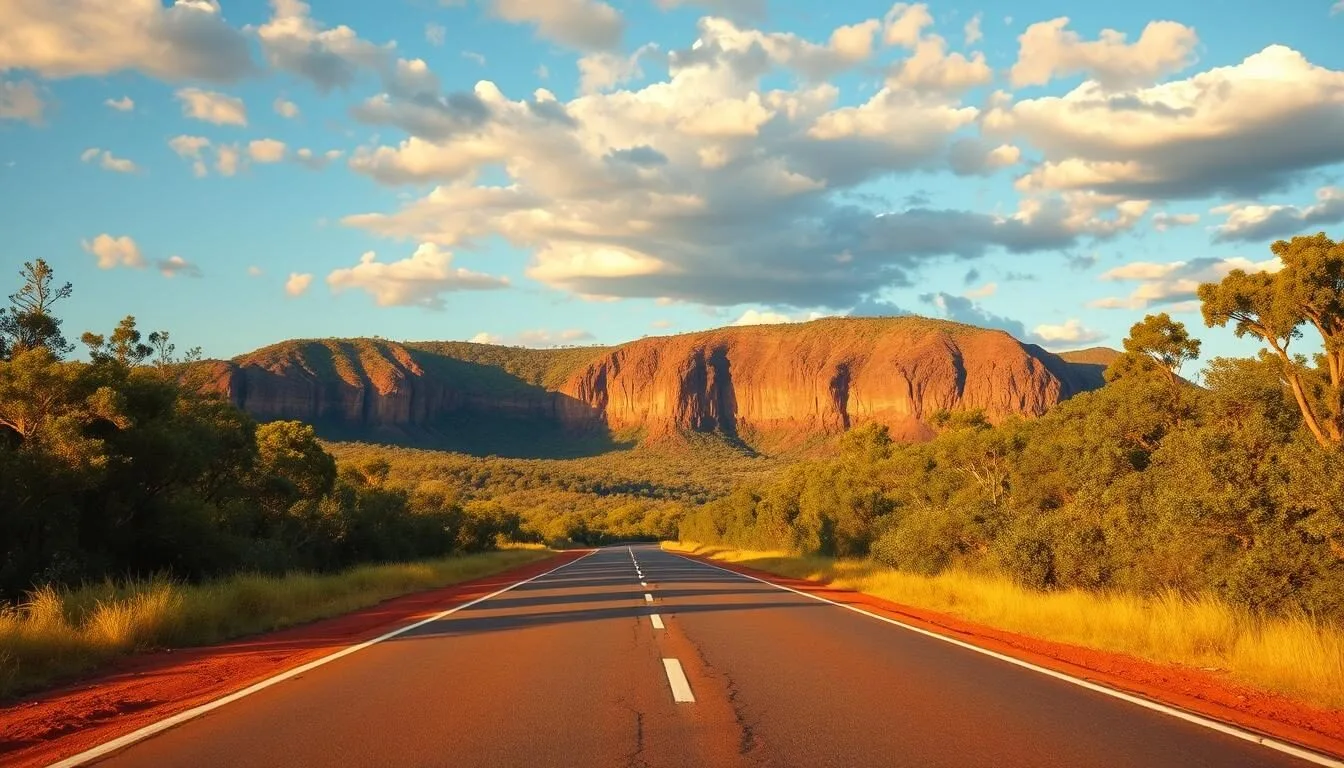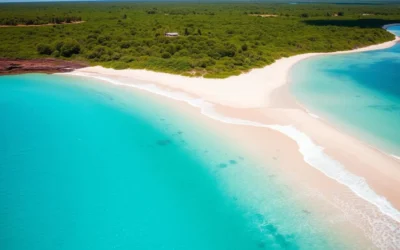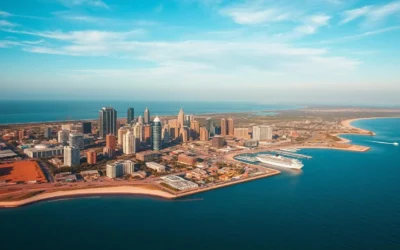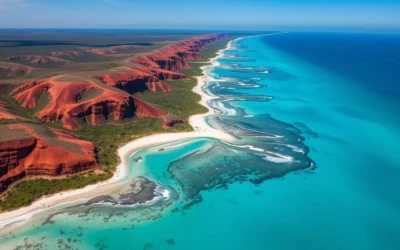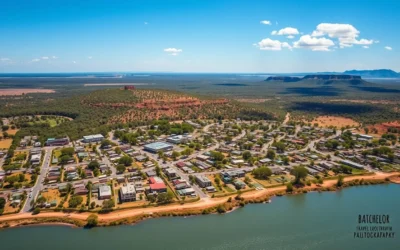Spanning over 20,000 square kilometers, Kakadu National Park is Australia’s largest national park—a vast wilderness larger than the entire country of Fiji. This UNESCO World Heritage-listed treasure holds 65,000 years of Aboriginal history and culture, making it one of the world’s most significant living cultural landscapes. From ancient rock art galleries to spectacular waterfalls and abundant wildlife, Kakadu offers experiences that will leave you in awe of Australia’s natural and cultural heritage.
Getting to Kakadu National Park
Located approximately 3 hours southeast of Darwin in Australia’s Northern Territory, Kakadu National Park is easily accessible by car along sealed roads. The Arnhem Highway provides the main western entrance near Jabiru, while the Kakadu Highway connects from the south. Most visitors base themselves in Darwin and either self-drive or join organized tours.
A 4WD vehicle is highly recommended, especially during the wet season (November-April) when many attractions require high-clearance vehicles. If you prefer not to drive, numerous tour operators offer day trips and multi-day excursions from Darwin.
Best Time to Visit Kakadu
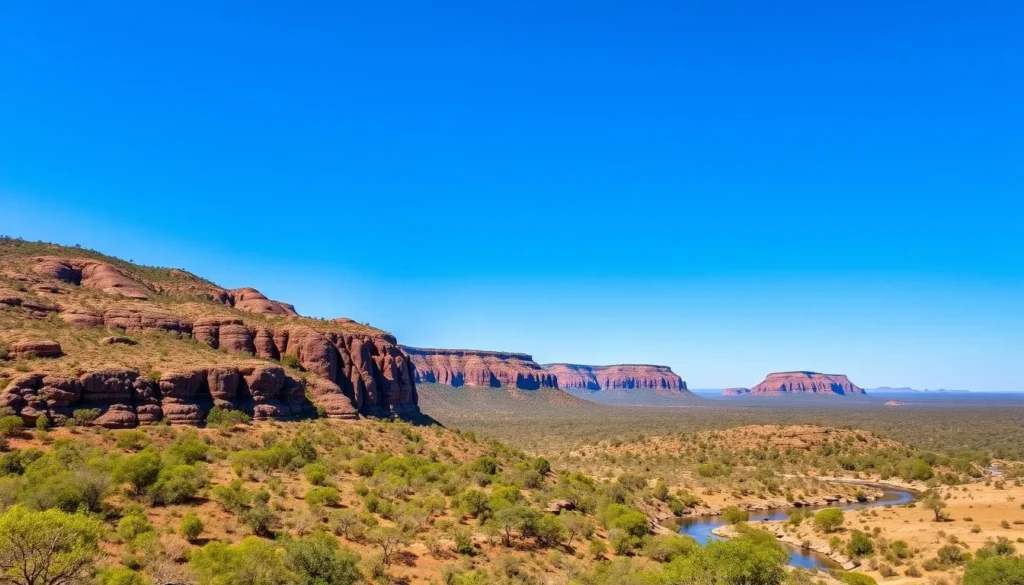
Kakadu experiences two distinct seasons: the dry (May-October) and the wet (November-April). Each offers dramatically different landscapes and experiences.
Dry Season (May-October)
- Most popular time to visit with comfortable temperatures (20-32°C)
- All major roads and attractions are typically accessible
- Wildlife congregates around remaining water sources
- Swimming holes and waterfalls are safe for swimming (after ranger checks)
- Peak tourist season, especially June-August
Wet Season (November-April)
- Dramatic landscapes with thunderstorms and flowing waterfalls
- Lush greenery and abundant birdlife
- Many roads and attractions are closed due to flooding
- Fewer tourists and reduced accommodation rates
- Hot and humid conditions (25-35°C with high humidity)
The “shoulder seasons” (May and October) often provide the best balance of accessibility and natural beauty, with fewer crowds than peak season.
Park Entry Fees and Passes
All visitors to Kakadu National Park must purchase a park pass. Current fees are $40 for adults and $20 for children (5-15 years), with family passes available for $100. Your pass is valid for up to 14 days, making it excellent value for longer stays. Passes can be purchased online through the or at entry stations and visitor centers within the park.
These fees directly support conservation efforts, maintenance of facilities, and indigenous ranger programs that help preserve this unique environment for future generations.
13 Unmissable Things to Do in Kakadu National Park
From ancient rock art to spectacular waterfalls and wildlife encounters, here are the top experiences that should be on every Kakadu visitor’s itinerary:
1. Yellow Water Cruise

The Yellow Water Cruise is arguably Kakadu’s most iconic experience. This billabong (waterhole) teems with wildlife, including saltwater crocodiles, buffalo, and over 60 bird species. The sunrise and sunset cruises offer spectacular lighting for photography and the best wildlife viewing opportunities.
2. Ubirr Rock Art and Sunset
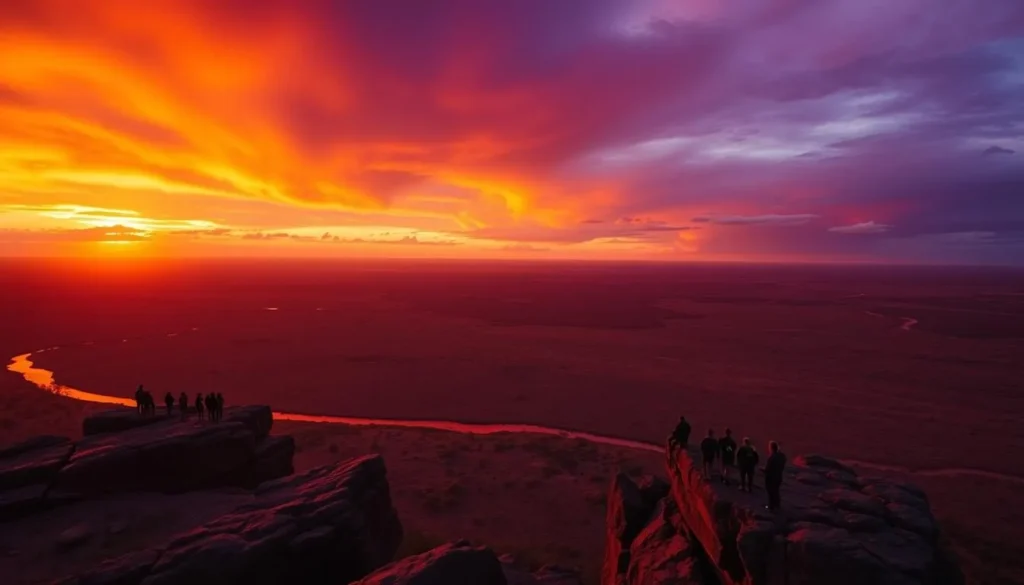
Ubirr is home to some of the world’s oldest and most significant rock art, with paintings dating back thousands of years. The 1km circular walk takes you past several impressive galleries depicting creation ancestors, traditional foods, and early contact with European settlers. Climb to the lookout for a breathtaking sunset view over the Nadab floodplains—a truly magical experience that shouldn’t be missed.
3. Jim Jim Falls
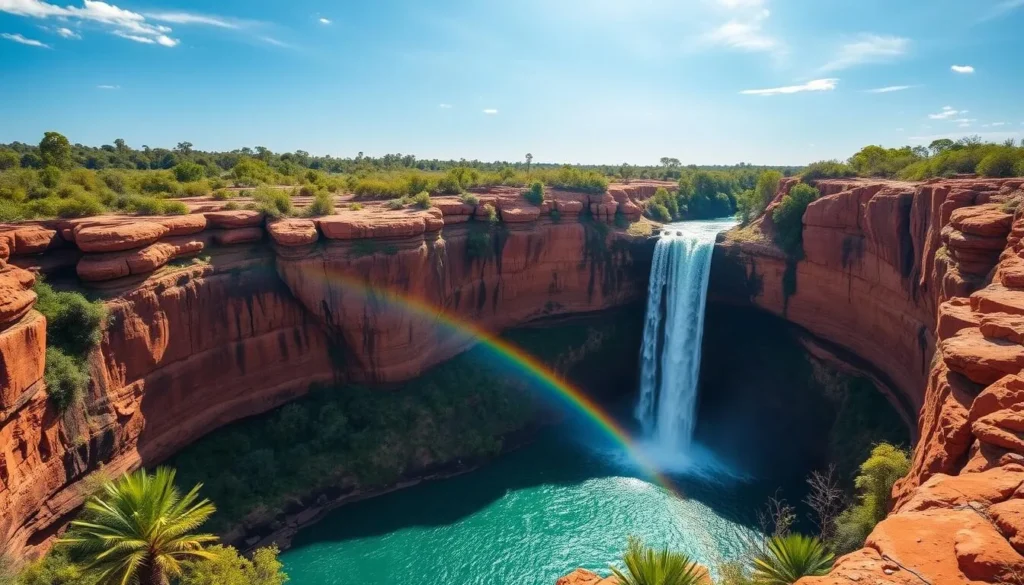
This 200-meter waterfall is one of Kakadu’s most spectacular sights. During the wet season, it roars with water and is only accessible by scenic flight. In the dry season, a challenging 900-meter walk across rocks rewards you with a swim in the crystal-clear plunge pool beneath towering cliffs. Note that a 4WD vehicle is required to access Jim Jim Falls, and it’s typically open from June to October, depending on conditions.
4. Nourlangie Rock Art Site
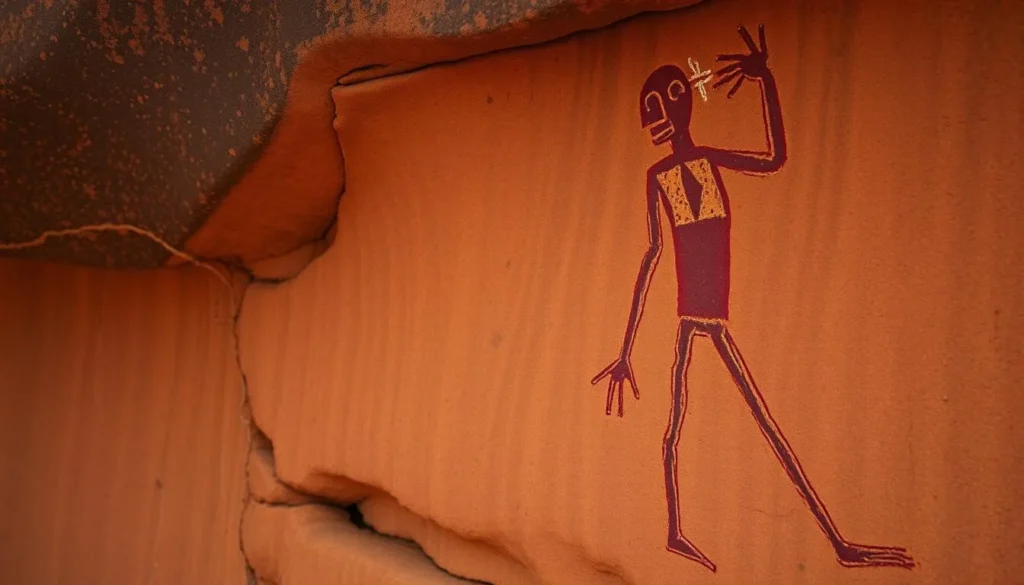
Nourlangie (Burrungkuy) features some of Kakadu’s most famous rock art, including the striking Lightning Man (Namarrkon) and other creation ancestors. The 1.5-hour circular walk takes you through several galleries and up to the Kunwarddewardde Lookout for panoramic views of the escarpment. Ranger-guided talks are available during the dry season and provide fascinating insights into the stories behind the art.
5. Gunlom Plunge Pool
Made famous in the movie “Crocodile Dundee,” Gunlom features a natural infinity pool perched high on the escarpment with breathtaking views over the southern hills of Kakadu. A steep 2km return walk takes you to the top pools, where you can cool off while enjoying the spectacular panorama. The bottom pool at the base of the falls is also perfect for swimming and features a campground with hot showers.
6. Maguk (Barramundi Gorge)
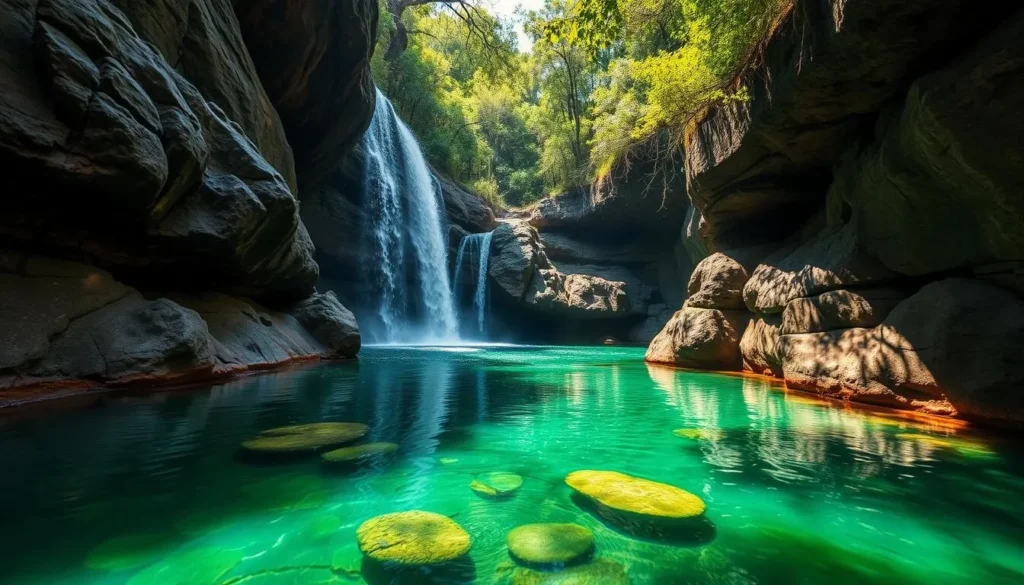
This secluded gorge offers one of Kakadu’s most pristine swimming experiences. A 2km walk through monsoon forest leads to a crystal-clear plunge pool nestled between towering cliff walls. The adventurous can climb to the top of the falls for additional swimming holes with spectacular views. A 4WD vehicle is required to access Maguk, which is typically open from May to October.
7. Mamukala Wetlands
Visit Mamukala Wetlands between September and November to witness tens of thousands of magpie geese gathering to feed. An observation platform hidden within paperbarks provides excellent birdwatching opportunities without disturbing the wildlife. The 3km Mamukala walking track offers additional perspectives of the wetlands and surrounding woodlands.
8. Motor Car Falls
Despite its unromantic name, Motor Car Falls is one of Kakadu’s hidden gems. A 3-4 hour return walk through the Yurmikmik trail leads to a shady plunge pool surrounded by emerald green monsoon forest. The small cascade creates a perfect natural spa, and the secluded location means you’ll often have it to yourself, especially if you visit later in the day.
9. Fishing on Yellow Water Billabong
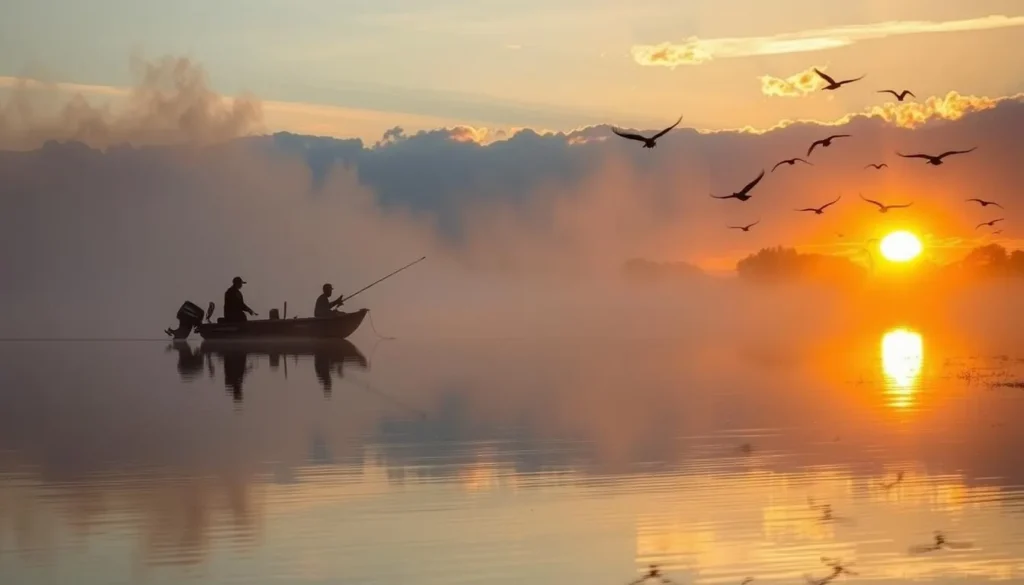
The Northern Territory is famous for its barramundi fishing, and Yellow Water Billabong offers some of the best opportunities to catch this prized sportfish. Guided fishing tours provide all equipment and expert knowledge of the best spots. Just remember to keep a watchful eye for the resident saltwater crocodiles!
10. Koolpin Gorge
For those seeking solitude and pristine wilderness, Koolpin Gorge (Jarrangbarnmi) offers a series of cascading pools and sandy beaches nestled between dramatic sandstone cliffs. Access is strictly limited to protect this sensitive area, so you’ll need to apply for a permit well in advance. A high-clearance 4WD and good fitness level are essential for visiting this remote gem.
11. Moline Rockhole
This little-known swimming hole in the southern part of Kakadu features a gentle waterfall flowing into a crystal-clear pool surrounded by eucalypts and palms. It’s relatively close to the Kakadu Highway but not signposted, making it less crowded than more famous spots. A 4WD is required to access Moline Rockhole.
12. Cahills Crossing
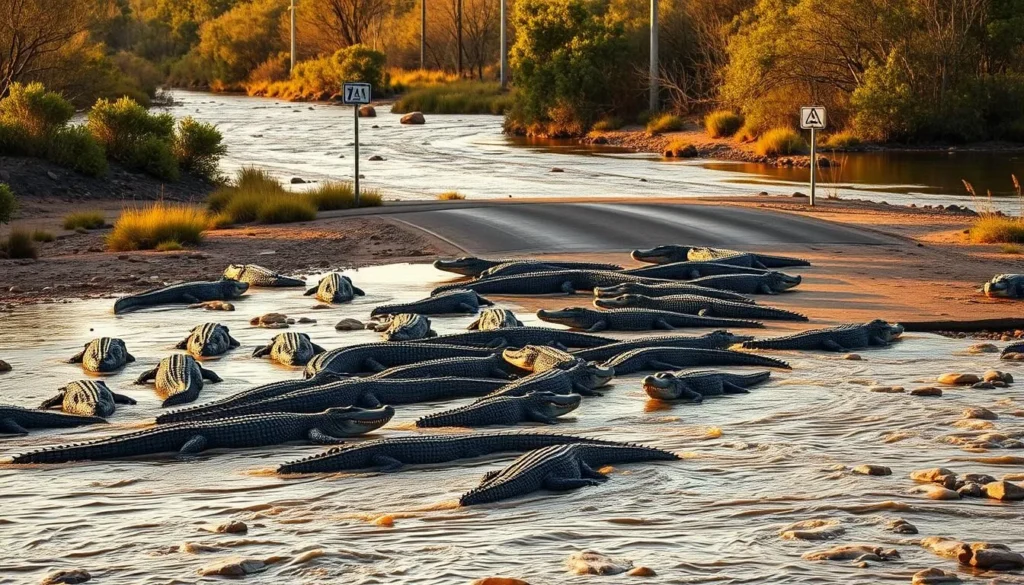
This infamous crossing of the East Alligator River into Arnhem Land is renowned for its large concentration of saltwater crocodiles. During high tide, dozens of these prehistoric predators gather to feed on fish moving with the current. A viewing platform allows safe observation of this spectacular natural phenomenon, especially during the late dry season.
13. Scenic Flight
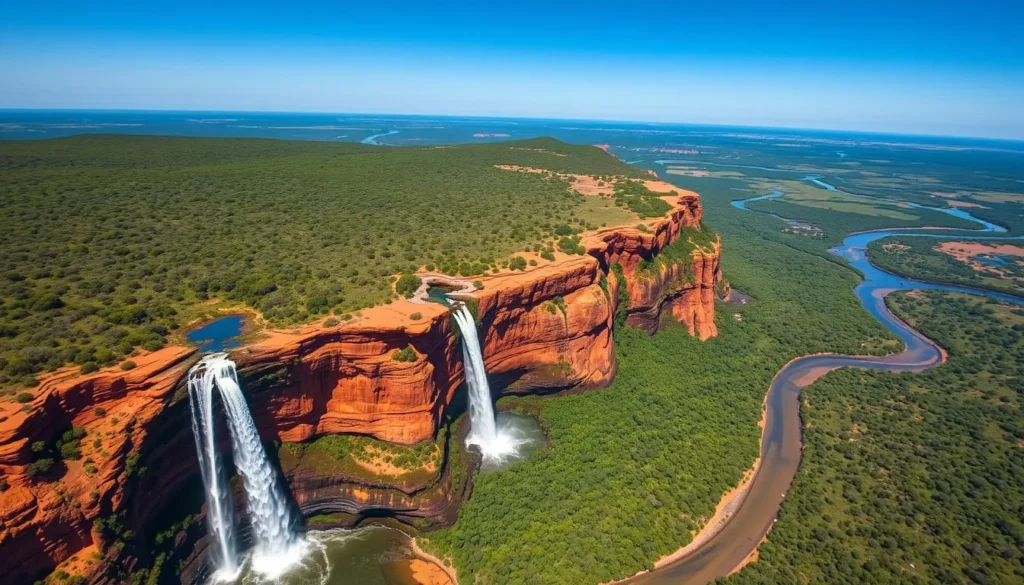
For a truly unforgettable perspective of Kakadu’s vast landscape, take a scenic flight over the park. From the air, you’ll appreciate the immense scale of the escarpment, floodplains, and waterfalls. During the wet season, flights offer spectacular views of Jim Jim and Twin Falls in full flow—a sight few get to experience from the ground.
Aboriginal Culture and Heritage
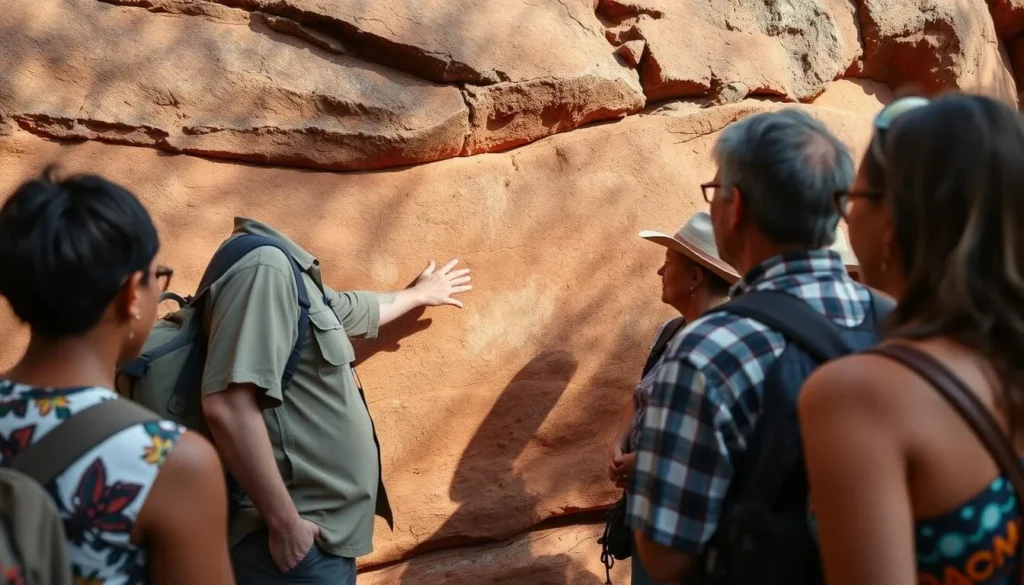
Kakadu has been home to Aboriginal people for over 65,000 years, making it one of the world’s oldest living cultural landscapes. The Bininj/Mungguy people maintain strong connections to this country and are actively involved in the park’s management.
To deepen your understanding of Aboriginal culture:
- Visit the Warradjan Cultural Centre near Cooinda to learn about traditional life, creation stories, and the seasonal calendar
- Join a guided tour with an Aboriginal ranger to gain insights into traditional knowledge and bush foods
- Respect cultural sites by staying on marked paths and following signage
- Learn about the six seasons recognized by the Bininj/Mungguy people, which guide traditional activities
Remember that some areas within Kakadu are sacred sites with restricted access. Always respect these cultural boundaries and seek permission before photographing Aboriginal people.
Where to Stay in Kakadu
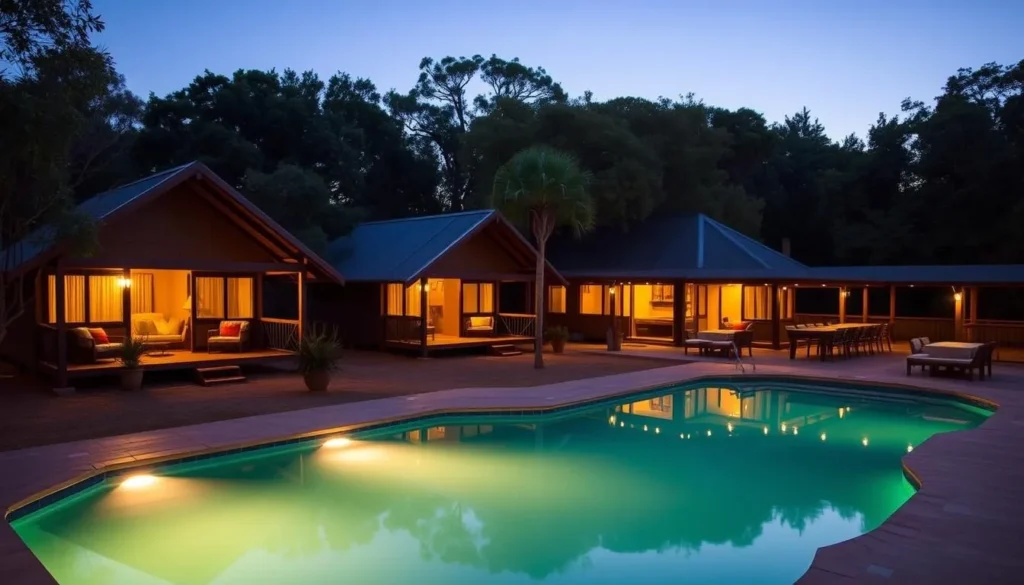
Kakadu offers a range of accommodation options to suit different budgets and preferences:
Hotels & Lodges
- Mercure Kakadu Crocodile Hotel (Jabiru) – Iconic crocodile-shaped hotel with restaurant and pool
- Cooinda Lodge – Comfortable cabins near Yellow Water Billabong with excellent restaurant
- Aurora Kakadu – Budget-friendly option with pool and restaurant
Camping & Glamping
- Cooinda Camping Ground – Powered and unpowered sites with amenities
- Merl Campground – Near Ubirr with basic facilities
- Gunlom Campground – Beautiful setting with hot showers
- Mardugal Campground – Central location with boat ramp
Bush Camping
- Jarrangbarnmi/Koolpin Gorge – Remote camping (permit required)
- Jim Jim Billabong – Basic facilities near Jim Jim Falls
- Bucket Billabong – Private camping area with fishing opportunities
Accommodation in Kakadu fills quickly during the dry season (June-August), so booking well in advance is essential. Many campgrounds operate on a first-come, first-served basis.
Getting Around Kakadu
Kakadu National Park is vast, with attractions spread across thousands of square kilometers. A vehicle is essential for exploring independently.
Self-Driving
- Main roads are sealed and accessible by 2WD vehicles
- Many attractions require 4WD vehicles with high clearance
- Fuel is available at Jabiru and Cooinda, but prices are higher than in Darwin
- Always carry extra water, food, and emergency supplies
- Check road conditions at visitor centers before setting out
Guided Tours
- Day tours from Darwin cover major highlights
- Multi-day tours provide more comprehensive experiences
- Aboriginal-guided tours offer cultural insights
- Specialized photography and wildlife tours available
- Tours handle logistics and provide expert commentary
Essential Tips for Visiting Kakadu
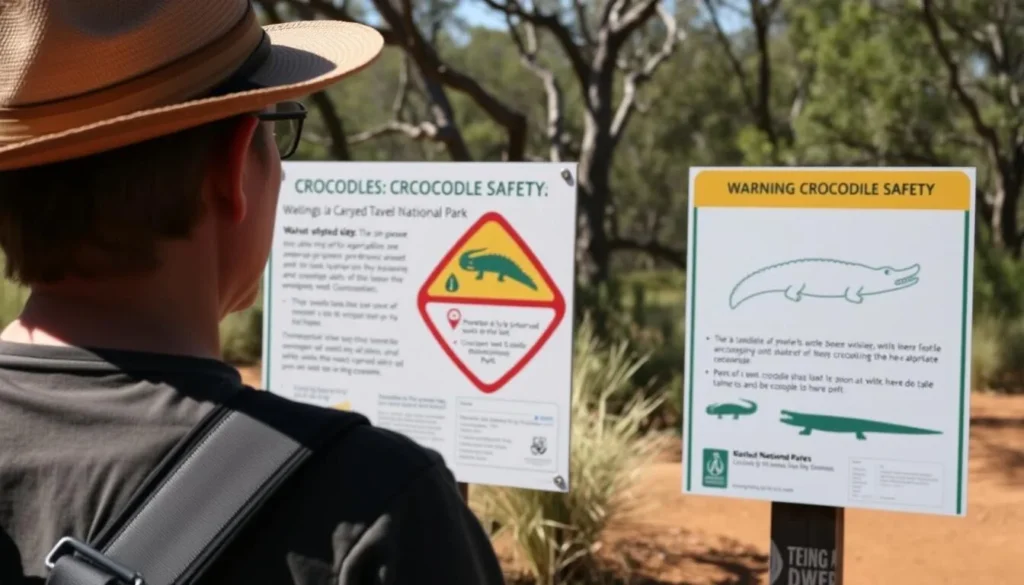
Safety
- Never swim unless signs indicate it’s safe (crocodile risk)
- Carry at least 2-3 liters of water per person, per day
- Wear sun protection (hat, sunscreen, long sleeves)
- Tell someone your plans before heading to remote areas
- Be prepared for limited mobile coverage throughout the park
What to Pack
- Insect repellent (especially during wet season)
- Sturdy walking shoes for rocky terrain
- Swimming gear for designated swimming areas
- Camera with extra batteries and memory cards
- Basic first aid kit including bandages and antiseptic
Planning
- Allow at least 3 days to see major highlights
- Check seasonal attraction closures before visiting
- Download offline maps as GPS may be unreliable
- Visit visitor centers for current conditions and advice
- Consider ranger-guided activities for deeper insights
Kakadu National Park Map
Experience the Magic of Kakadu
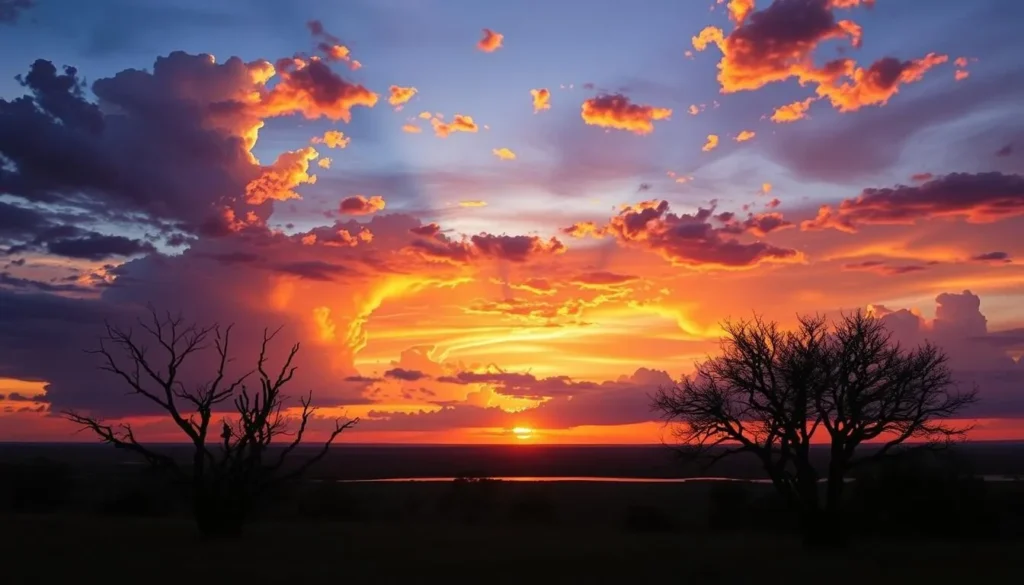
Kakadu National Park is more than just a destination—it’s a journey through time, culture, and some of Australia’s most spectacular landscapes. From ancient rock art that tells stories of the world’s oldest living culture to dramatic waterfalls plunging from towering escarpments, Kakadu offers experiences that will stay with you long after you leave.
Whether you’re swimming in crystal-clear plunge pools beneath cascading waterfalls, watching crocodiles glide through misty billabongs at sunrise, or gazing at rock art created by ancestors thousands of years ago, Kakadu connects visitors to something truly timeless and profound.
As the traditional owners say, “This is a special place.” Come and discover why Kakadu National Park is one of Australia’s most treasured natural and cultural wonders.
The above is subject to change.
Check back often to TRAVEL.COM for the latest travel tips and deals.
